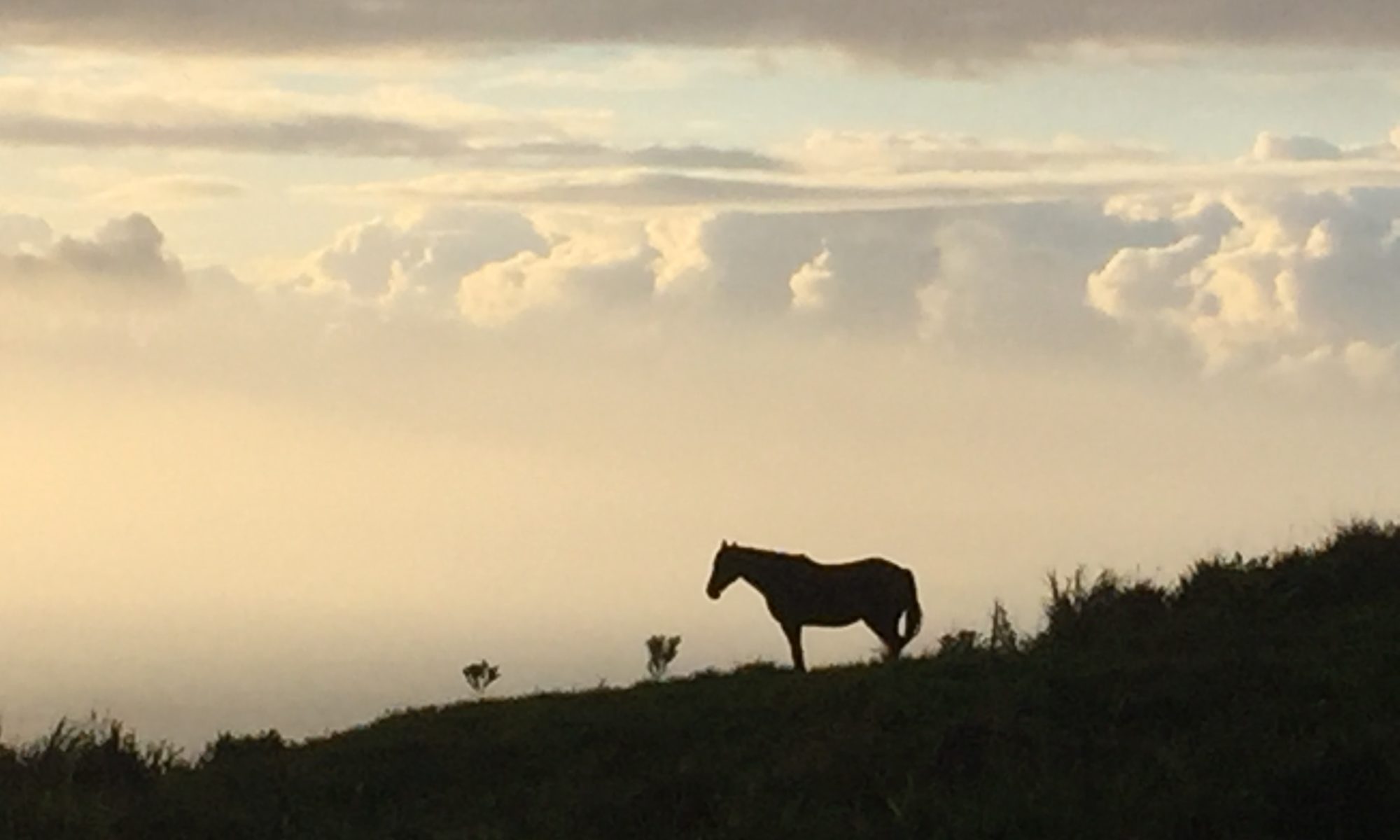Me and my teenage lad have been volunteering for a few months now with the neighbourhood group that looks after a local park. An intentional group for an accidental sort of park – an open square of grass, bushes and trees surrounding but not managed by a grand old church. It’s a verdant, much-loved space home to splendid oaks, squirrels galore and cackling corvids.
Every Saturday morning a knot of people shows up to plant and prune, weed and water, clip and strim. We feed the compost bins, pick up strangers’ litter and busy-bee here and there for whatever needs doing until it’s time to loiter in the shelter of a monumental yew for instant coffees and chitchat. Around noon we melt away, like elves to our dens, and the square reverts to a state of serene self-sufficiency for another week.
For me and the lad this has been, among other things, a gentle introduction to light-touch gardening. Good reason for me to dig up this article from last year by a prominent horticulturalist – Ditch your spade, forget fertiliser, listen to the weeds: Alys Fowler’s guide to laid-back gardening. I like the philosophy that the author has come to espouse – distinctly animist, with Taoist overtones – and note that she has decades of expertise in the orthodox approach to her craft.
It seems right to me that people who garden gently, people who are at home among plants and invertebrates and have dirt under their fingernails, should accumulate practical wisdom. There’s wisdom in what this article tells us about relating to the earthy stuff underfoot and all its organisms, and wisdom too in what it hints at, in terms of how we-all might better relate to the Earth.
Its subheadings outline the story: Throw out your spade; Ease off weeding; Embrace rot and death; Stop chasing growth; Compost in situ; Encourage plant promiscuity. Each alludes to a kind of intervention that we commonly take against natural processes in order to impose our will on a garden, contrasted with the humble recognition that, at the end of the day, the land knows best.
The article suggests that once we recognise the miracle of organic architecture that is the soil, we may be less inclined to casually chop or turn or compress it. Instead we can learn to “tickle” it, keeping it and its inhabitants intact, body and soul.
Similarly, by reframing weeds as elders or common folk we learn to listen out for what they can teach us – about the nutritive and microbial properties of the ground they spring from, for example – and appreciate the joys that they bring in their own right.
There are warnings against pursuing productivity generated by intensive, synthetic fertilization, and stripping away organic diversity in favour of sanitised ideals of how a garden should appear – approaches which deplete local ecosystems of fertility and resilience at the same time as demanding escalating inputs of harmfully produced resources.
Alys also recommends that rather than repeatedly shipping leaf-fall, grass cuttings, and other dead or rotting vegetation off-site we may allow them to remain in place, where they can nourish and protect the ground they emerge from while incubating life-forms big and small.
The thrust of her argument is that by leaving nature to its orgiastic ways, where we dare, and by curtailing the violence of our conventional interactions with soil and plants, we approach a better relationship with our garden and its living beings. Like all decent relationships, this would be one premised on care, respect and responsibility. Something which brings a better outcome for all involved.
For me, the parallels between the default approach to gardening and our mistreatment of what I’ll unashamedly call Mother Earth, are hard to ignore, viz.,
…the way our human-supremacist societies, in the rush to shape every inch of the surface of the globe to our purposes, cut and kill at will, casually commodifying and extinctifying as we go so long as there’s profit to be made.
…the way that we, steeped in values that legitimise hierarchies of domination, assume the right to impose our will on other individuals and communities – fellow passengers on Earth with whom we are spiritually bound – without much concern for the injury it does to them and us.
…the way that we, modernity’s irresponsible offspring, deny and even aspire to defeat death, and how we, almost as matter of pride, take next to no interest in the mountains of suffering that our superficially normal ways of life are built on.
…and the way that we, in the role of homo economicus, turn a blind eye to something which was once blindingly clear: that by hurting the Earth we hurt ourselves, as well as everything else we share our time here with.
The laid-back gardener’s antidote to all the above: Listen to what the earth / the Earth is telling us, because it knows what is right in the long run and it knows what to do. There is balance to be found, in our gardens as in our relationship with the Earth, and we’d do well to work with that balance rather than against it.
Laid-back gardening means there’s time to keep the welfare of the robins, earthworms and shiny black beetles in mind. It is gardening that gives a nod to the agency of the leafy green ones with their rudely probing roots and tendrils. It means gardening as an act of care, respect and responsibility for the land and all who walk, crawl, snuffle, slither, settle, struggle, procreate, germinate, sleep, breathe, nest, rest, die and decompose on her.
This is a good way to garden, and it would be no bad way of relating to the Earth too.

